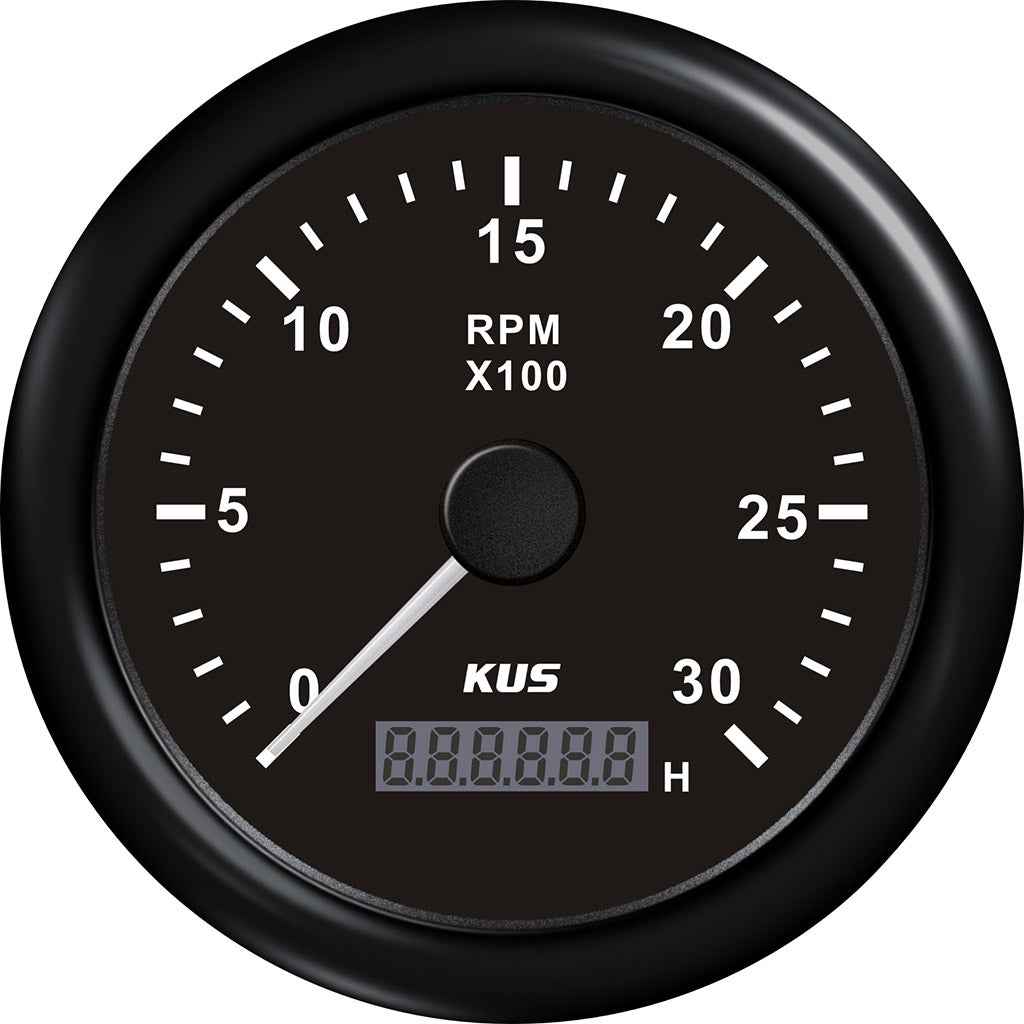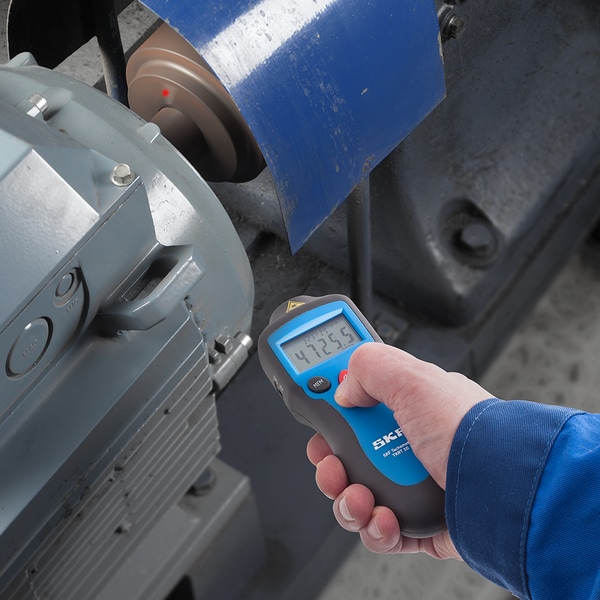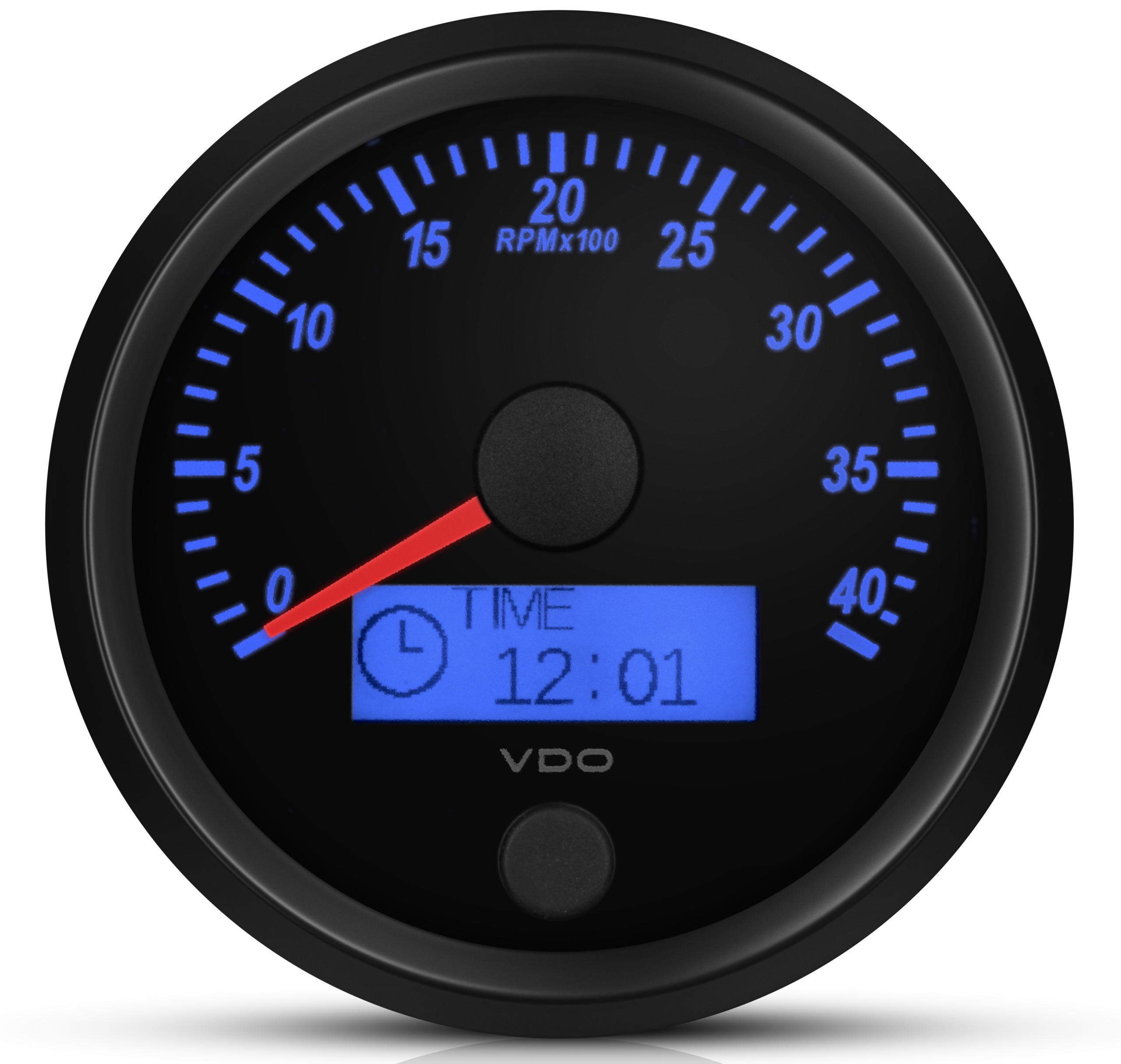Enhance Your Driving Experience with a Reputable Tachometer
Wiki Article
The Value of a Tachometer in Keeping An Eye On Engine Rate and Performance in Automotive Applications
In the world of automotive engineering, the tachometer stands as a critical instrument in the motorist's collection, offering a straight home window right into the internal functions of an automobile's engine. Past its function as a simple gauge of transformations per minute (RPM), the tachometer serves as a vital device for lovers and professionals alike, providing real-time insights into engine performance and health.Importance of Monitoring Engine RPM
Keeping an eye on engine RPM, or revolutions per min, is an important element of automotive upkeep and efficiency assessment. Engine RPM straight associates with the rate at which the engine's crankshaft revolves, indicating just how rapidly the engine is running.Additionally, checking engine RPM is essential for performance examination in auto racing and high-performance vehicles. In summary, keeping an eye on engine RPM is not just vital for finding concerns but also for enhancing engine performance in numerous auto applications.

Benefits of Real-Time Data
In vehicle applications, real-time information plays a critical duty in providing instant insights into the performance and problem of the vehicle. By continuously monitoring various parameters such as engine speed, temperature, gas intake, and more, real-time information supplies countless advantages that add to boosted performance and security when driving.
One considerable advantage of real-time data is its ability to sharp vehicle drivers and professionals to any kind of abnormalities or concerns without delay. This aggressive technique allows quick recognition of possible issues, permitting timely treatments to stop additional damage or failures. Furthermore, real-time data facilitates efficiency optimization by supplying immediate responses on driving routines and engine effectiveness. Drivers can readjust their habits in real-time based on this info to achieve far better gas economic climate and prolong the life-span of their automobile.

Moreover, real-time data plays an essential role in modern-day automotive diagnostics, making it possible for technicians to swiftly diagnose and deal with breakdowns. This leads to decreased downtime, reduced maintenance costs, and eventually, boosted overall automobile integrity and longevity (tachometer). By utilizing the power of real-time information, auto stakeholders can make informed decisions that favorably influence both the efficiency and longevity of the car
Effect On Equipment Shifts
The tachometer plays a vital function in enhancing equipment shifts by offering real-time engine speed data to the driver. When coming close to the redline on the tachometer, it signifies the vehicle driver to upshift to protect against over-revving the engine and creating possible damage.Furthermore, the tachometer aids in achieving smoother gear transitions, particularly in manual transmissions. By monitoring engine rate, motorists can carry out gear changes at the optimum RPM variety, decreasing jerking activities and lessening wear on the transmission parts. This accuracy in gear changes not just improves driving comfort yet likewise contributes to sustain effectiveness.
Enhancing Fuel Performance
Provided the critical duty the tachometer article source plays in enhancing gear shifts for performance and engine health, it straight contributes to taking full advantage of fuel effectiveness in automobile applications. By giving real-time comments on you can look here engine rate, the tachometer helps drivers in keeping the most reliable RPM range for fuel economy. When vehicle drivers regularly monitor the tachometer and change their motoring practices as necessary, they directory can prevent unneeded fuel usage triggered by over-revving or carrying the engine.Furthermore, the tachometer helps chauffeurs determine the most fuel-efficient gear to be in at any type of given moment, avoiding the engine from working more difficult than required. In final thought, the tachometer serves as a beneficial device in improving gas effectiveness by promoting ideal driving practices and identifying areas for improvement in the lorry's efficiency.

Maximizing Engine Longevity
The tachometer's duty in checking engine rate and performance is important in ensuring the long life of auto engines. By using the tachometer efficiently, drivers can maximize engine long life with mindful RPM monitoring. Constantly revving an engine too high can lead to too much deterioration on critical parts, such as the pistons, valves, and bearings. Over time, this can cause reduced engine performance and possible malfunctions. Checking the tachometer enables drivers to remain within the suggested RPM array for their car, preventing unneeded strain on the engine and prolonging its life expectancy.
Conclusion
Finally, the tachometer plays an essential duty in keeping an eye on engine speed and efficiency in automotive applications. By supplying real-time data on RPM, it enables efficient equipment shifts, improved gas efficiency, and maximized engine durability. This tool is essential for preserving optimum engine performance and making sure the overall performance of a vehicle.Report this wiki page